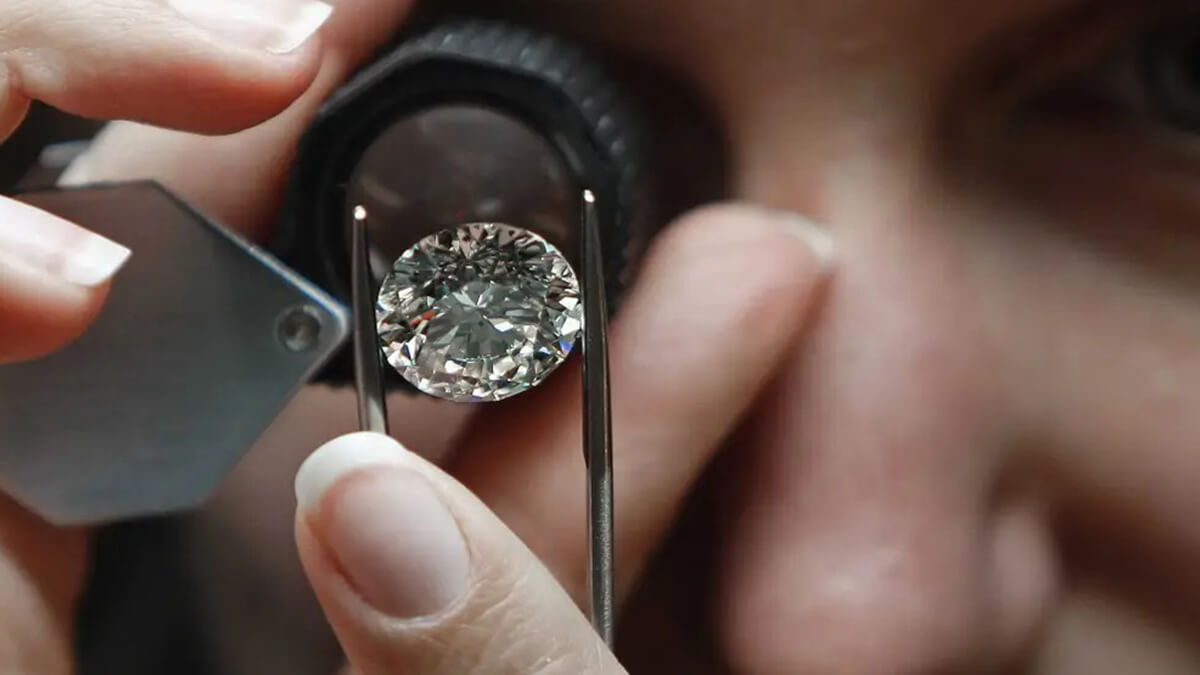Lab Grown Diamonds and Cultures: A New Era of Luxury
Lab Grown Diamonds and Cultures are reshaping the traditional diamond industry, but their impact extends far beyond the jewelry market. These synthetic gems are altering cultural perceptions, raising ethical questions, and redefining luxury in a world increasingly concerned with sustainability. Let’s delve into how lab-grown diamonds are changing the way we think about diamonds and what this shift means for cultures around the globe.
Table of Contents
The Rise of Lab-Grown Diamonds
In recent years, lab-grown diamonds have emerged as a cost-effective and ethical alternative to traditionally mined diamonds. By simulating the natural conditions under which diamonds form, scientists can create gem-quality stones in a matter of weeks. This innovation has captured the attention of environmentally conscious consumers and those seeking more affordable luxury.
Cultural Shifts in Diamond Perception
The allure of diamonds has long been tied to their rarity and the stories behind their acquisition. But with lab-grown diamonds, the narrative shifts from exotic mining locales to sterile laboratories. This change raises questions about what makes a diamond valuable. Are we drawn to diamonds because of their natural beauty, or because of the journey they represent?
Ethics and Sustainability
Lab-grown diamonds are often lauded for their ethical and environmental benefits. Unlike mined diamonds, they don’t require large-scale excavation, reducing the carbon footprint and environmental damage associated with traditional mining. Moreover, lab-grown diamonds avoid the ethical concerns tied to “blood diamonds” or conflict diamonds, which have fueled wars and human rights abuses in certain regions. As more people become aware of these issues, the appeal of lab-grown diamonds grows.
Lab-Grown Diamonds and Luxury
Traditionally, luxury has been associated with exclusivity and the inherent value of rare materials. However, lab-grown diamonds challenge this notion by offering high-quality gems at a fraction of the cost of mined diamonds. This affordability opens the door for a broader range of consumers to experience luxury without compromising on ethics or sustainability. Can something mass-produced still be considered luxurious? This question is at the heart of the cultural shift lab-grown diamonds are fostering.
Embracing the Change
As the popularity of lab-grown diamonds rises, the diamond industry is faced with a choice: resist or embrace change. Many traditional jewelers have started offering lab-grown options alongside mined diamonds, recognizing that consumer preferences are evolving. This adaptability is key to ensuring the industry’s survival in an era where sustainability and ethics are at the forefront of consumer consciousness.
The Future of Lab-Grown Diamonds
Looking ahead, it’s clear that lab made diamonds will play a significant role in the future of the diamond industry. The question is whether they will completely replace mined diamonds or coexist with them, offering consumers a choice. As cultures continue to evolve and sustainability becomes increasingly important, the demand for lab-grown diamonds is likely to grow. What does this mean for traditional diamond mining communities? Will they adapt, or will they resist this change?
Conclusion
Lab Grown Diamonds and Cultures are more than just a trend; they’re a sign of cultural transformation. By providing an ethical, sustainable, and affordable alternative to traditional diamonds, they challenge our perceptions of luxury and force us to reconsider what truly makes something valuable. As this shift continues, we can expect to see new narratives and cultural attitudes emerge, shaping the future of the diamond industry and beyond.
With lab-grown diamonds, the luxury landscape is evolving. How we choose to embrace this change will define not just the diamond industry, but the broader cultural trends surrounding sustainability and ethical consumerism.






